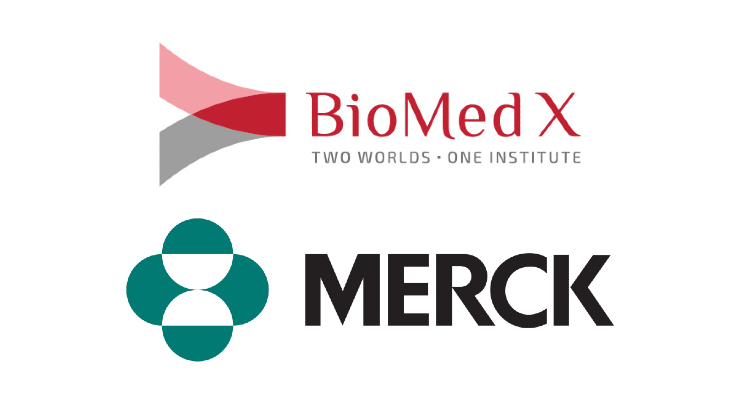Blood is important for life. It performs the following functions:
- Transporting substances like nutrients and oxygen around our body and protecting us.
- Components of blood are Plasma, platelets, WBC and RBC are various parts of blood.
- In blood fractionation, the majority of cells are the RBC which gives it the exact color.
- Normal RBC value =4.5- 6.1 millions cells/microlitre
Facts about anemia
- Iron Deficiency Anemia is the most common form of anemia
- It is the commonest form of nutritional deficiency of anemia
- IDA occurs When you do have enough iron to make Hb. Anemia is having fewer RBC and low HB count
- One-third of the population has the IDA
- It is not a disease but a feature of physiological disorder and symptom
Where does iron absorption take place
Iron enters the GIT system through the mouth either in food form or mineral supplement form and is generally in Ferric state that Fe3+++ and this gets converted as soon as it enters the stomach into Fe2++ ferrous state because it interacts with HCl ( hydrochloric acid in the stomach ). It is ferrous state Fe 2++ that is absorbed by the body then it enters the duodenum and attaches to the intestinal enterocytes where it is combined with protein transferrin (transferrin is a protein)which has the capability of transporting the iron throughout the body. There is DMT1 and enter the enterocytes. Bones play an important role and produce transferrin and binds with Fe2 +. Hepatocytes combine with Hepcidin and will help in the storage of iron in the liver.
Storage and recycling
So some of the iron is stored in intestinal cells and combines with apoferritin to form a complex and nontoxic molecule, Ferritin which is stored in intestinal cells for 2 -4 days, and some iron is transported by binding with transferrin and transports to other organs of the body.
Fe transferrin is transportable iron that transfers to the bone marrow liver and spleen for storage of iron. Most of the iron is transported to the liver for storage.
Bone marrow: We get erythrocytes through erythropoiesis
Liver: Iron combines with apoferritin molecules in the liver and gets stored in the form of ferritin in the liver. The complex of iron in nontoxic form. Hemosiderin and ferritin act as iron stores in the liver.
Iron has a great affinity to combine and bond, it teaches us to have a good bond of relationships. Which makes it combine with protein in the blood and gets transported and stored in the cells of the liver, spleen, and bone marrow.
When iron is left alone it will undergo oxidation and produce free radicals, so it's never left alone when with blood, it is bound to blood by a protein called transferrin and when it is inside the cell it is bound to a protein called ferritin which is a storage form of iron. This results in proper oxidation of the iron
Lab Results
If somebody has iron deficiency anemia, you tell them to have a check on Iron studies
This what you will find
Serum Iron:Low
%saturation :low : 33% normal % saturation: binding sites of transferrin
TIBC: Total Iron binding Capacity: It gauges the amount of too little or too much iron in your blood (this gives the amount of transferrin )
Ferritin levels are decreased, storage iron is decreased due to prolonged use of storage iron

 Many people suffer from iron deficiency anemia for many years and it causes a huge amount of symptoms Unfortunately they are unaware that they have been suffering. Here is an insight into the absorption of iron.
Many people suffer from iron deficiency anemia for many years and it causes a huge amount of symptoms Unfortunately they are unaware that they have been suffering. Here is an insight into the absorption of iron. 



















.jpeg)


.jpeg)



.jpeg)
.jpeg)






.jpeg)





